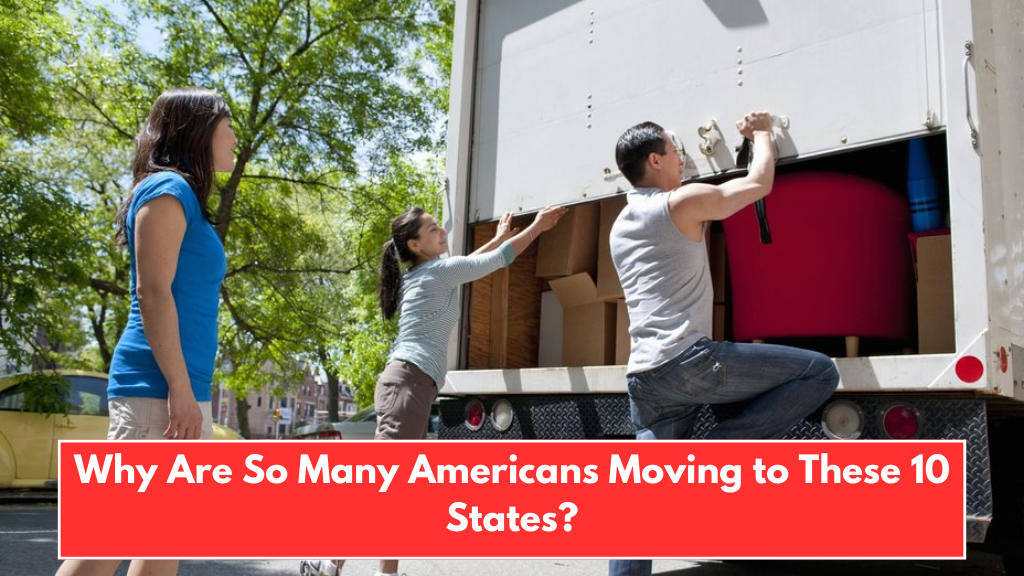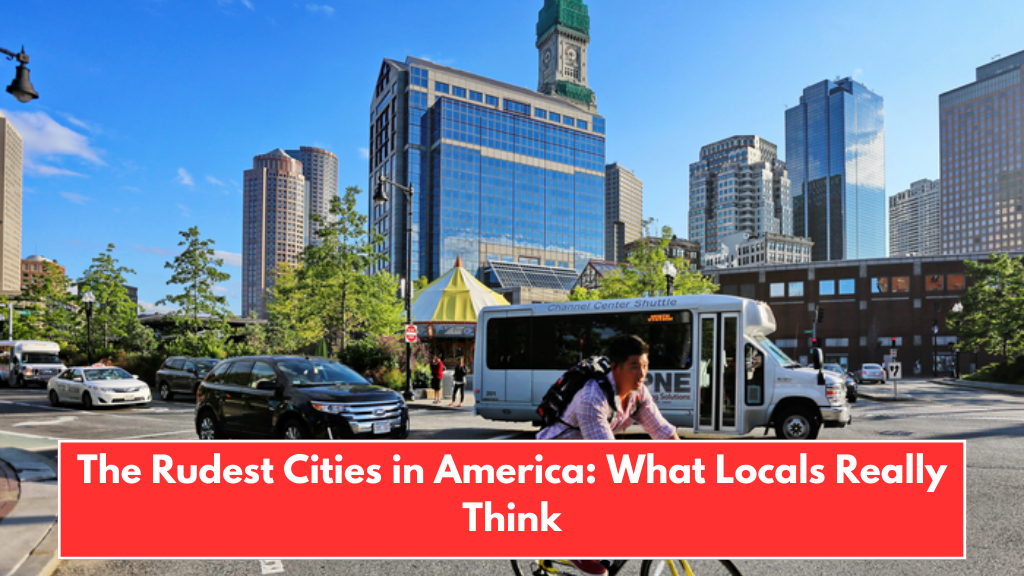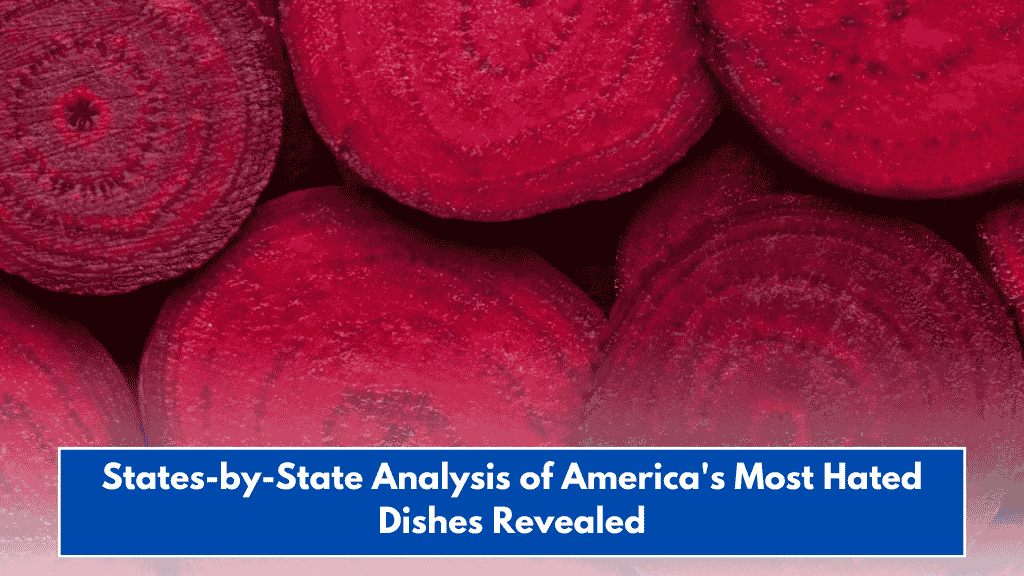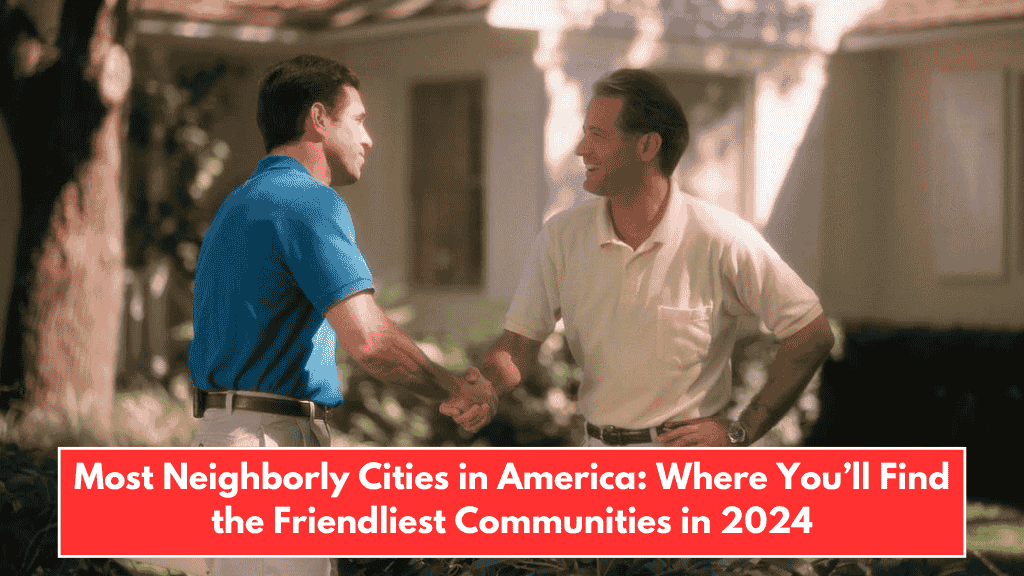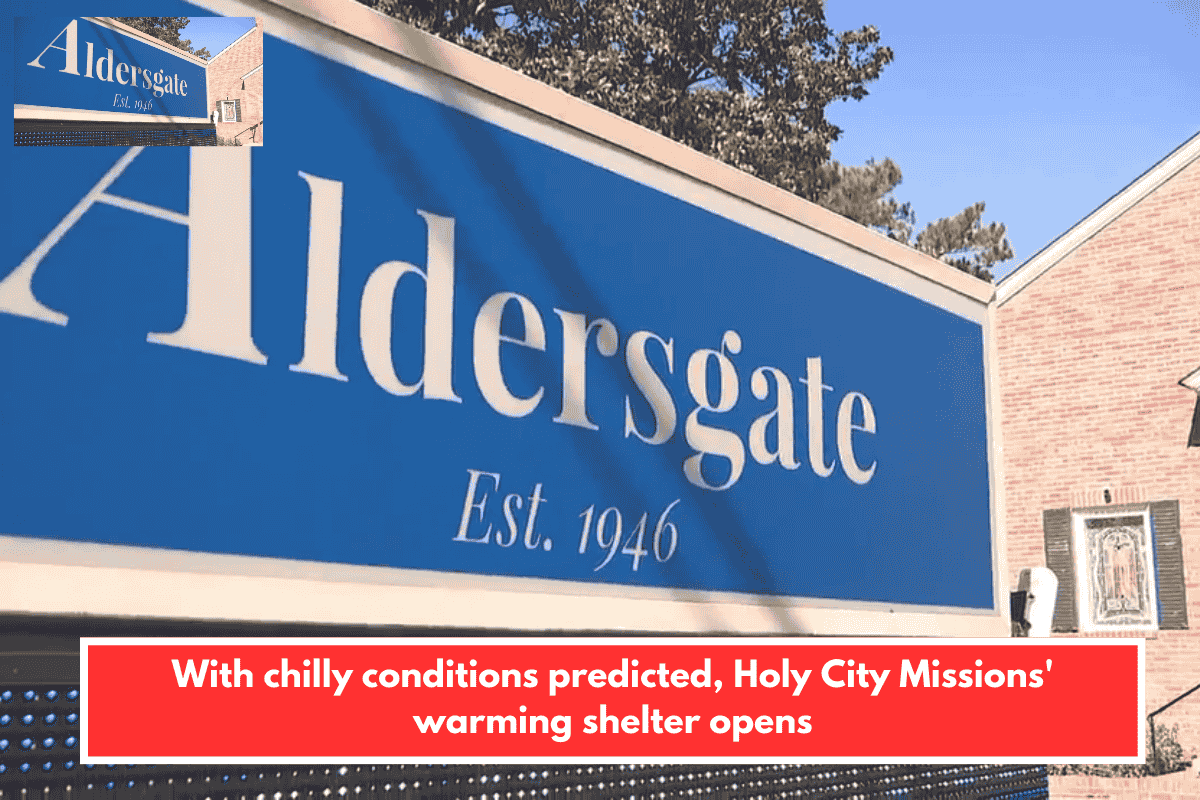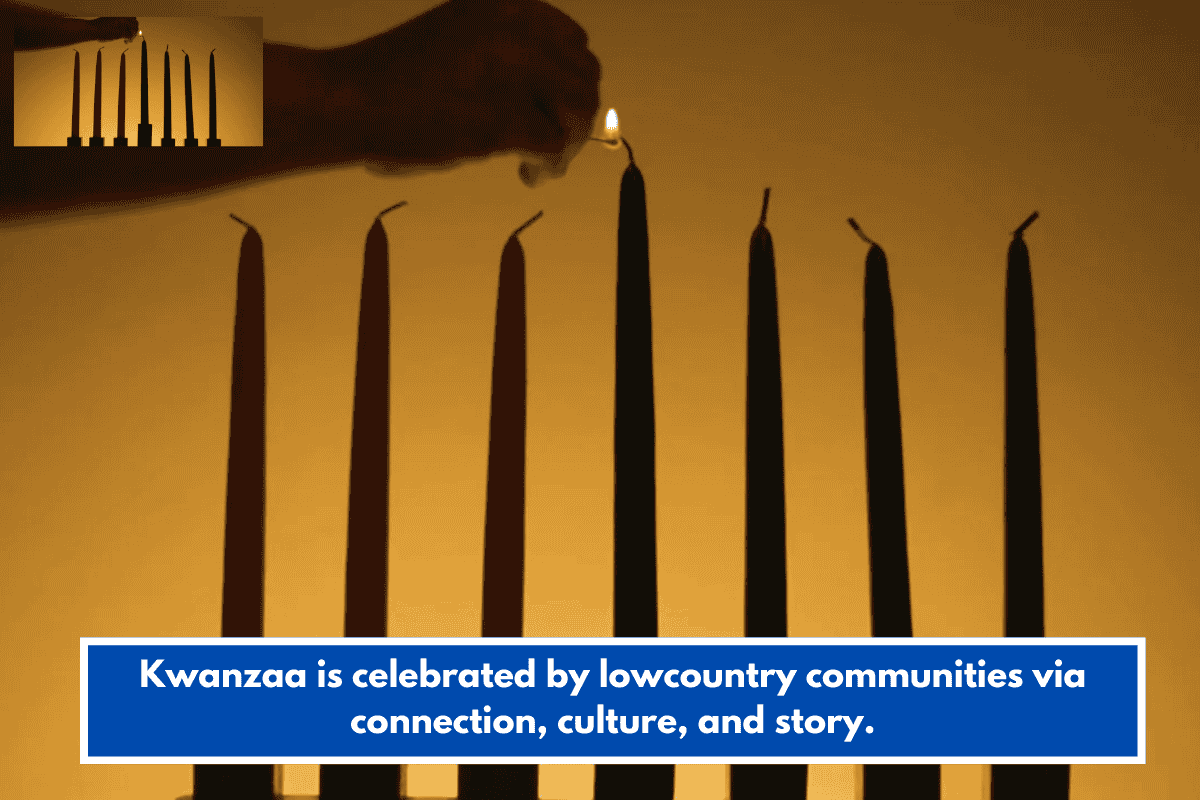When it comes to love and marriage, where you live in the United States might play a bigger role than you think. A recent analysis by the law firm Schmidt & Clark reveals which states have the highest and lowest chances of tying the knot. The results show that a mix of culture, population trends, and even state laws can impact your odds of saying “I do.”
What the Study Looked At
To understand marriage trends across the country, Schmidt & Clark used data from the American Community Survey by the U.S. Census Bureau. The study focused on people aged 15 and older in each state and looked at their marriage history—whether they had ever been married or not.
It didn’t just stop at first-time marriages. The data also considered remarriages, giving a fuller picture of how common marriage really is in different places. Unlike other studies that focus on current marriage rates per year, this one focused on the total percentage of people who had ever been married in their lifetime.
Top 10 States Where Americans Are Most Likely to Get Married
1. Wyoming
In Wyoming, 72.25% of residents aged 15 and above have been married. With fewer people and more traditional values, it’s no surprise this state tops the list.
2. Idaho
Idaho follows closely with 71.60% of its population over 15 having tied the knot. This state has a strong family-oriented culture, which may play a role.
3. Maine
Maine takes third place with 71.07% of residents having been married at least once. This quiet, northeastern state seems to value long-term partnerships.
4. West Virginia
West Virginia shows 70.89% of people aged 15+ have been married. Like others in the top five, it leans more toward traditional family values.
5. Arkansas
In Arkansas, 70.68% of adults have been married. This southern state is another place where marriage is still seen as an important life goal.
6. Kentucky
Kentucky also makes the list with 70.22% of its population having experienced marriage.
7. Montana
Montana sees 70.17% of its residents aged 15+ having married, highlighting how even in rural states, marriage remains a common part of life.
8. Oklahoma
Oklahoma has a 69.83% marriage rate for people aged 15 and above, showing that many still value formal relationships.
9. New Hampshire
New Hampshire joins the top 10 with 69.74% of its population having walked down the aisle.
10. Kansas
Kansas rounds out the list with 69.33% of adults over 15 having been married.
What About the States Where Marriage Is Less Common?
Not every state sees marriage in the same light. The study also pointed out the states where people are least likely to get married. For instance, Louisiana had one of the lowest marriage rates in 2023, with just 4.4 marriages per 1,000 people. This could be due to many factors, including lifestyle preferences, cultural changes, and economic challenges.
Why These Numbers Matter
The study shows that cultural norms, local economies, and how easy or hard it is to get married (and remarried) can all influence a state’s overall marriage rate. States like Nevada, known for quick, drive-thru weddings, might not rank high in lifetime marriage percentages, even though they have high yearly marriage rates.
So, where you live may have more impact on your relationship path than you’d expect. Whether it’s the peaceful charm of Maine or the open spaces of Wyoming, love might just be easier to find—or commit to—in certain corners of the country.
Marriage trends in the U.S. vary widely by state, and this study helps us see how local culture, lifestyle, and even legal convenience shape how often people marry. While states like Wyoming and Maine show strong lifetime marriage rates, others like Louisiana are seeing fewer people take the plunge. Whether you’re planning to get married or just curious, knowing how your state compares can give insight into the shifting views on relationships and commitment in America.




